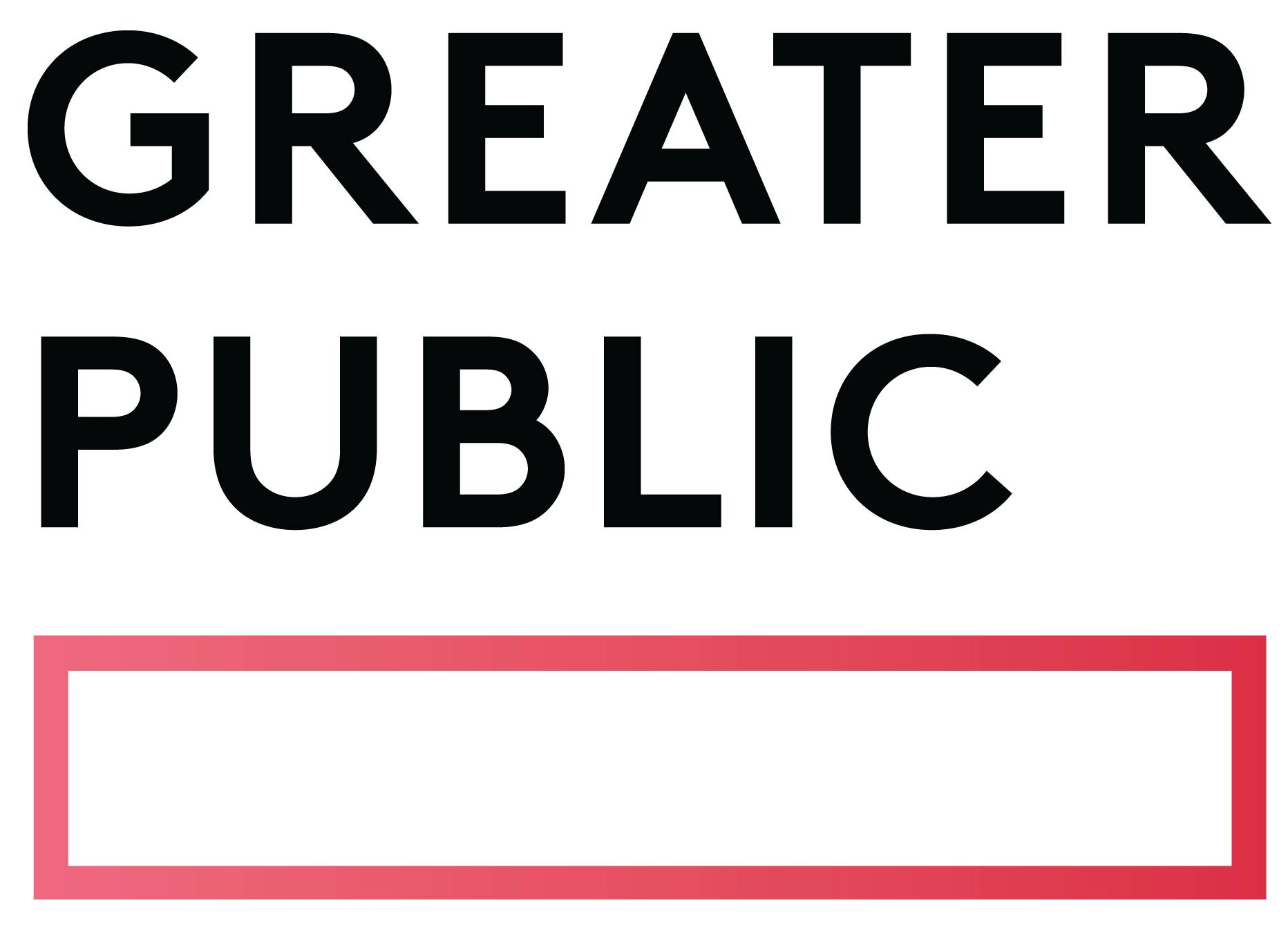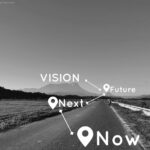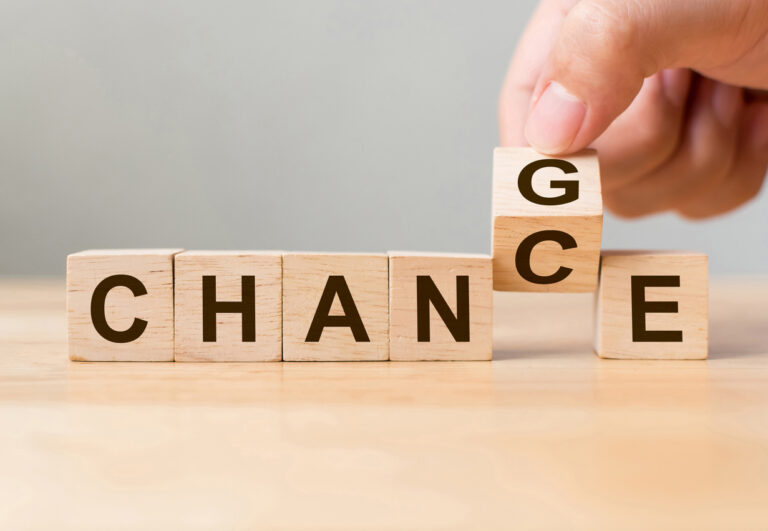Public media’s mission has always been about “little-a” accessibility – informing and engaging the public through free and accessible programming and services. It’s therefore vital that we ensure that public media is truly Accessible to all, including those of us with disabilities and chronic illness.
“It’s the one category that anyone can join at any time,” says Donna Danielewski, Executive Director of Accessibility at GBH. “I had a very good taste of this when my husband broke both elbows in a cycling accident several years ago and he learned to use all the accessibility features of his phone pretty quickly.”
At least 28% of adults in the U.S. have a condition considered a disability, though not all identify as Disabled. 70% of disabilities are non-apparent or invisible, including conditions such as chronic pain, PTSD, and epilepsy. Disability is a broad spectrum that includes physical disabilities, intellectual and developmental disabilities, vision and hearing impairments, and mental illness. Disabilities can be permanent or temporary, and their impact on a person’s lived experience is highly personal and diverse. Whether or not a person identifies as Disabled, or chooses to disclose a disability, is up to the individual and may be impacted by factors like age, culture, and stigma.
The ADA defines a person with a disability as someone who has a physical or mental impairment that substantially limits one or more major life activity. These limits are not necessarily caused by an individual’s disability, but are rather a result of how society is organized. Known as the “social model of disability,” this framework emphasizes the obstacles that prevent people with impairments from fully participating in society, such as inaccessible environments, discriminatory biases, and social exclusion. This diverges from the dominant and conformist pressure to “fix” disabled people, and instead seeks to adapt society to include and celebrate differences.
What Is Accessibility?
Accessible means a person with a disability is afforded the opportunity to acquire the same information, engage in the same interactions, and enjoy the same services as fully, equally, and independently as a person without a disability.
Just as disability is a diverse and varied experience, so too does accessibility cover a broad range of concerns and considerations. Every part of an experience, whether happening in the physical environment or in a digital space, should be approached with accessibility in mind. What barriers might prevent someone from interacting with this experience? Can they physically access this activity while using a wheelchair? Is the website button big enough if a user’s hand shakes from tremors? Can they understand this information with a cognitive impairment? Is there a place to rest if they’re fatigued or with reduced sensory input if they’re overstimulated?
Accessibility adapts our environment, communications, and processes to people’s needs, which is fundamental work both in creating an equitable society and in serving our communities as public media organizations.
Inclusion Starts from Within
As media organizations, we tend to think of our audience first. But it’s crucial that accessibility efforts be integrated into the public media workplace. It’s about creating “a culture of inclusivity,” says Danielewski, “where people are really comfortable asking for what they need, and that starts with employees.”
Keeping accessibility top of mind can impact staff as early as the job listing. Review old templates for outdated language. “A lot of times you see ‘must be able to lift 50 pounds’ or ‘must have a college degree.’ Are those actual necessities or are those things that have just been grandfathered in?” says Sarah Murphy Abbamonte, Project Manager at Move to Include, a national disability inclusion, representation and accessibility initiative based at WXXI. Unnecessary requirements in job descriptions could prevent your next best employee from applying.
Employee Resource Groups (ERGs) can create space for staff to have open dialogue about what they need in the workplace and drive change from the inside, including accessibility efforts. Being disabled in an often ableist society can also be isolating, and ERGs help organizations facilitate community and belonging. Creating a voluntary and employee-led space with the formal support of your station is an important way to acknowledge that your organization benefits from the unique perspectives of staff who might not otherwise be empowered to connect and advocate for themselves.
Make Accessible Options the Default
It’s always preferred to make spaces as inclusive as possible from the get-go, so that folks don’t have to self-disclose a disability if they don’t want to. Enable live captioning as the default in virtual meetings. Use the microphone when addressing a group – don’t ask, “Am I loud enough?” Just use it. Danielewski says they try to give options at events: If there is no open captioning on a screen, they offer iPads that people can use at their seats, but they also offer a QR code that people can use more discreetly on their own device.
“I assume that everybody that I’m talking to has or loves someone with a disability or chronic illness,” says Danielewski. This assumption takes the burden off of people with disabilities to continually ask for accommodations and makes the necessary preparations to welcome them as an integral part of every function.
Offer Flexibility and Choice
It’s important to remember that disability is not a monolith, and there is no universal accommodation. “If you’ve met one person with disabilities, you’ve met one person with disabilities,” says Abbamonte. Offering options and flexibility is key to making spaces more inclusive. Hybrid work environments that allow employees to have agency in creating a work setting and schedule that works best for them – whether in-person or remote or a mix of the two – make working much more possible for many with disabilities. Ask employees what communication methods work best for them – would they rather talk on Zoom, on the phone or in person? Can your in-person events be attended virtually as well?
Having options benefits everyone, whether there’s a disability present or not. Remote work options can also be a lifeline for the parent whose child is sick, and keep germs out of the office when the flu is going around. Having a culture of open dialogue and action around topics like communication preferences increases the potential for everyone to feel valued and able to do their best work. And virtual event options increase potential audience size and open up new avenues for engagement, like live chat.
Get Educated About Media and Digital Accessibility
Navigating digital experiences and media can be challenging and sometimes downright prohibitive for people with disabilities. We need to ensure we’re using the proper tools and best practices to allow all users the ability to access our content. This involves considerations like captioning, text alternatives for non-text content, sufficient color contrast, and making sure all functions available by mouse are also available by keyboard. There is an excellent Accessibility Fundamentals Overview provided by the W3C Web Accessibility Initiative on their website, where web content developers can also find more technical information including the Web Content Accessibility Guidelines (WCAG), the international standard for digital accessibility. Accessible Social is another great free resource and education hub that focuses on accessibility in social media.
Build Connections and Keep Learning
A big part of moving ourselves and our organizations forward is accepting that we don’t, and won’t, have all the answers. Even professionals like Danielewski and Abbamonte, for whom accessibility is their daily work, rely on community partnerships and continuous learning.
“We’re the subject matter experts in disability inclusion, representation and accessibility within public media, we’re not the subject matter experts on neurodiversity, or a certain physical disability, for example,” says Abbamonte. “So we want to foster and steward those partnerships within our local community so that if a reporter comes to me and says, ‘I have this great idea about XYZ,’ I can point them to two or three different people that they should be talking to within the community itself,” she says. People with disabilities, she adds, deserve “the opportunity to tell their own stories.”
And disabled voices belong in all stories, not just those dealing with disability. They belong in the workplace, on community advisory boards, and on leadership teams too. “It’s looking at the newsroom, the production room, the whatever table that you’re at and saying, who’s not here that needs to be represented, that we need to be speaking to?” says Abbamonte.
Look for the people in your community who are already doing the work and reach out. Share resources like those at the end of this article. Follow folks with lived experiences on social media and blogs. Reach out to peers at other public media stations. And remember that accessibility is a journey, not a destination.
Accept That You Will Get it Wrong
“You’re going to make mistakes. You’re going to use the wrong language. There’s going to be things that go wrong. It’s important that we’re always working toward progress, but I think too many people don’t take steps or don’t move forward out of fear,” says Danielewski. “I could do a whole webinar on the mistakes I’ve made and what I have learned from them on my journey toward progress, not perfection.”
Making incremental, imperfect change is better than making none. Let the mission move you forward, even (and especially) when it’s not possible to get it all right. Making public media accessible is our fundamental duty, and we’re in it together.








